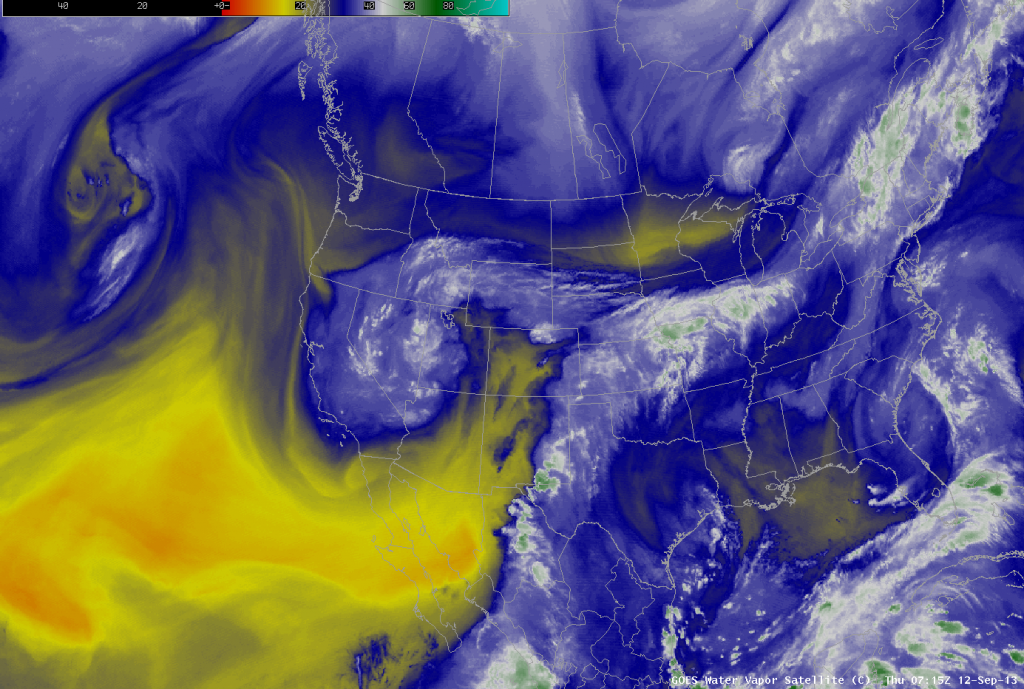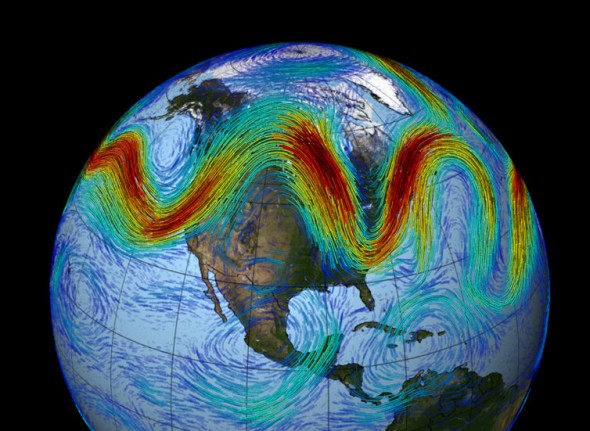Major Climate Change Impacts of 2013 – Colorado Floods
The unexpected flash floods that lashed Colorado in September 2013 brought widespread devastation to a vast area that is reeling under multiple impacts of extreme weather.

The magnitude and scale of the floods termed as “biblical” by popular media had taken people by shock as this region never witnessed such floods and that too in one of the driest months of the year. For Boulder, Colorado, 2013 has now been recorded as the “single wettest year” in history.
Since the region never had a history of floods, a majority of the affected population did not have flood insurance as the chances of heavy floods were considered quite remote.
The initial estimates had put the economic losses at around $ 2 bn – with damages caused to around 17,500 homes and over 200 miles of state highways and roads and around 50 bridges.
What caused the floods?
Some events prior to these floods are of significance. The preceding wild fires at Flagstaff, Boulder in 2012 and at Fourmile Canyon, 2010 (that burned along the northern Front Range of the Rocky Mountains, approximately six miles west of Boulder, Colorado) and a prolonged 14-year drought period in the Colorado River Basin did play a role in intensifying the fury of the deluge
Wild fires result in destruction of vegetation that arrests flow of rainwater, while a prolonged drought results in drying up of land which drastically reduces its water absorption capacity. Both these factors along with the sloping terrain contributed to the formation of the run-off. This explains why the Colorado floods were so destructive.
The Climate Link
What led to the heavy rainfall?
The common understanding that global warming increases the capacity of atmosphere to carry more water vapour which results in higher precipitation levels, would be an oversimplification of a complex process that is yet to be fully understood.
Scientific evidence is now evolving around a possible relationship between melting of Arctic sea ice and extreme weather events in the Northern Hemisphere. Scientific consensus is yet to take place along this line of reasoning, but there is enough reason to believe that a melting arctic can influence jet streams which are responsible for influencing storm patterns in the northern hemisphere.
But what are these jets?

These jet streams are strong upper air currents circumventing the globe. They are two main jets – the polar jet and the subtropical jet. These jet streams meander in waves and can fluctuate in strength between 100-200 mph. Temperature differentials determine the strength of these jets which intensifies and dissipates as it moves over land masses and oceans.
How does Arctic ice melt influence these jets?
During summers, when Arctic sea ice melts, the dark ocean water gets exposed to solar radiation which absorbs heat (that was earlier reflected by shining ice). As a consequence, the ocean gets warmer. During winters, when sea ice forms, this heat is released into the atmosphere in a process known as Arctic Amplification. The fast melting Arctic ice is contributing to warming up of the atmosphere which is redirecting the jet streams. Scientists believe that it is possible that this phenomenon can create “blocking patterns” – which leads to stagnation of weather patterns. This stagnation is responsible for an intense build up of moisture laden clouds which can dump abnormal levels of precipitation over a small area within a very short span of time.
However, the natural variability of jet stream patterns, which is affected by landmasses and earth’s spin – which give the jets their characteristic meandering patterns, is so large and uncertain, that it is difficult to isolate the role played by Arctic sea ice melting.
But nevertheless, the heat dissipated into the atmosphere by a warming ocean is certain to have an effect on the high altitude jet streams.
Scientific consensus on this interaction between arctic ice melt and jet stream patterns, if reached, will establish the phenomena but more effort would be needed to understand the complex nature of such interactions so as to predict occurrence of weather extremes.

















